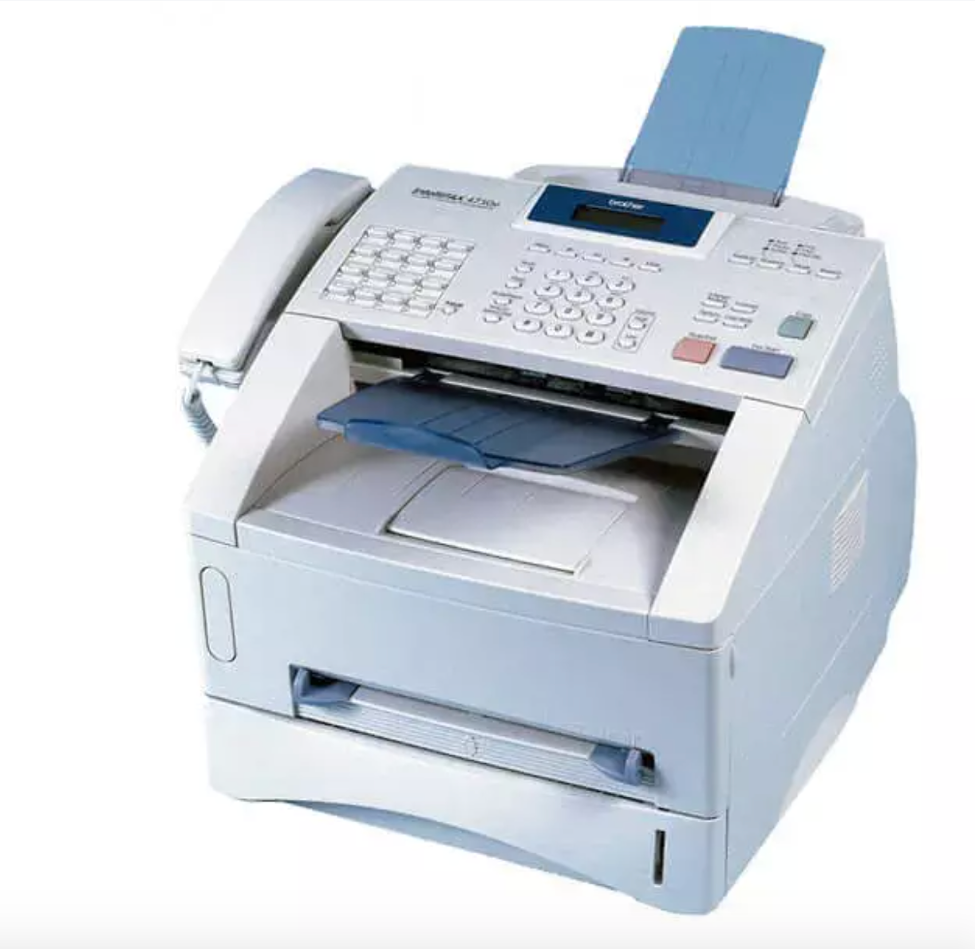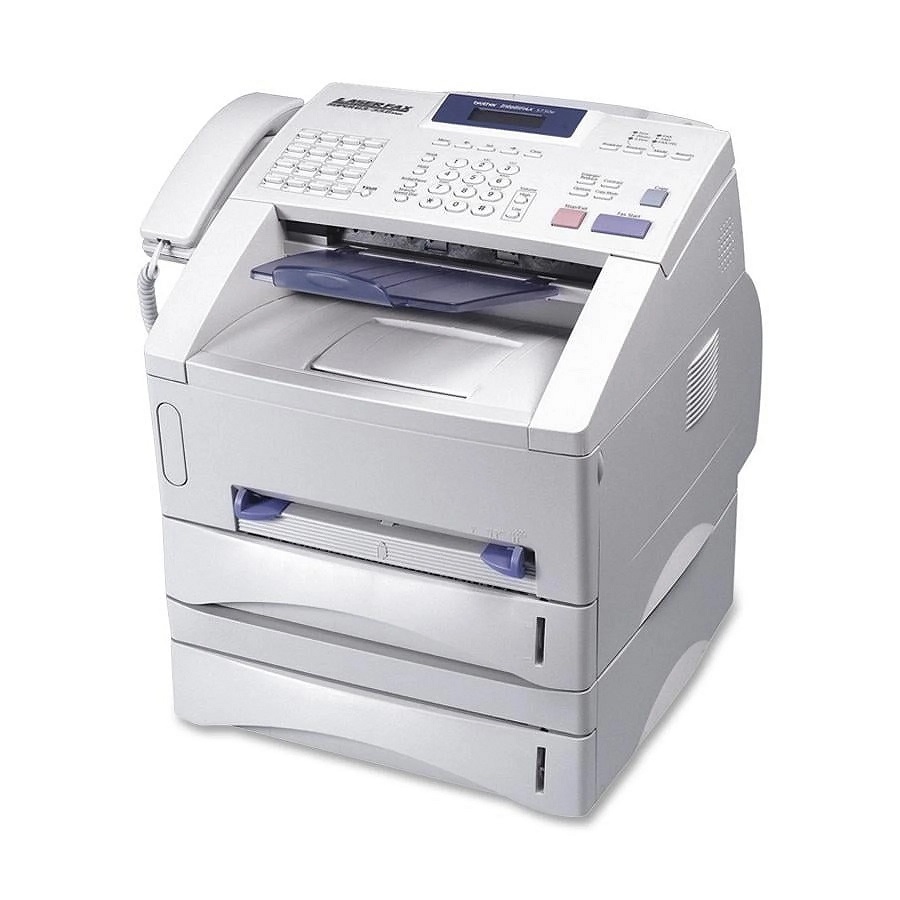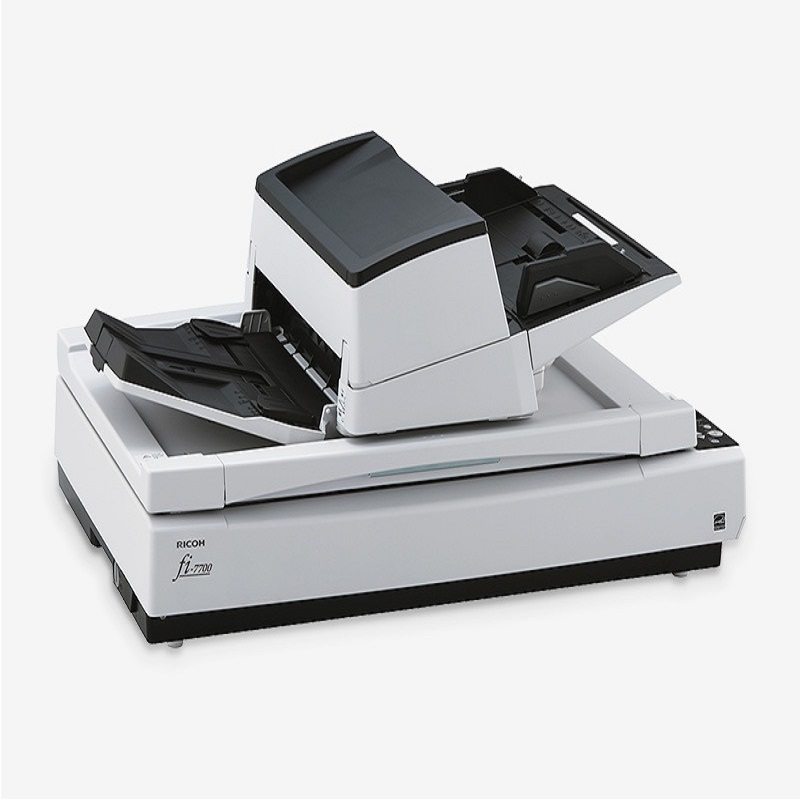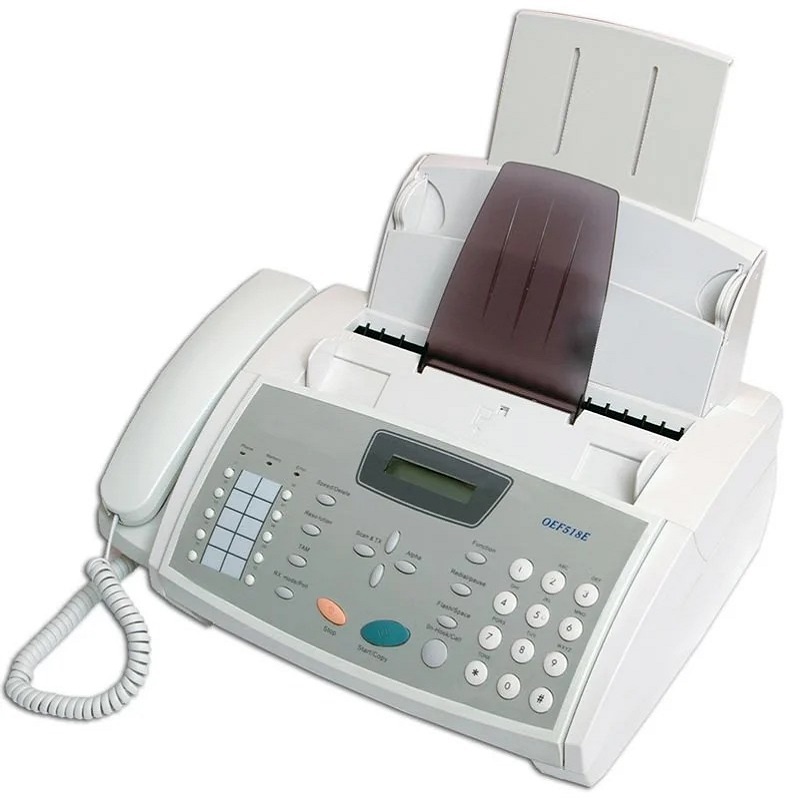How do fax machines work? Fax machines were once a popular means of communication, enabling the transmission of printed documents over telephone lines. While they have largely been replaced by digital alternatives, understanding how fax machines work can provide valuable insights into the history of communication technology. In this article, we will explore the inner workings of fax machines, from document scanning to transmission and reception, providing a comprehensive understanding of their operation.

Introduction to Fax Machines
Fax, short for facsimile, refers to the process of transmitting scanned documents electronically over telephone lines. The first fax machine was developed in the early 19th century and has undergone significant advancements since then. Fax machines gained widespread popularity in the 1980s and 1990s before being largely supplanted by digital communication methods such as email and online document sharing. Despite their diminished usage, understanding the basic principles behind fax machines remains relevant in appreciating the evolution of communication technology.
The Basic Components of a Fax Machine
A standard fax machine consists of several key components:
- Scanner: The scanner is responsible for converting physical documents into digital images. It uses either a flatbed or a document feeder to capture each page of the document.
- Modem: The modem is the component that facilitates the transmission of the scanned images over telephone lines. It converts the digital data into an analog signal that can be transmitted through phone lines.
- Microprocessor: The microprocessor controls the overall operation of the fax machine work, executing tasks such as document reception, transmission, and control functions.
- Printer: Once the fax machine receives a document, the printer component generates a physical copy of it for the recipient.
The Faxing Process: Step-by-Step Explanation
The faxing process involves several sequential steps, including document scanning, transmission, reception, and printing:

Document Scanning
To commence the faxing process, the sender places the document to be faxed either face-down on the flatbed scanner or in the document feeder. The scanner captures a digital image of the document, converting it into a series of binary data representing the page’s contents. Each pixel within the scanned image is assigned a numerical value corresponding to its color intensity and density.
Data Compression
The scanned image is then compressed to reduce the amount of data that needs to be transmitted. Data compression algorithms, such as Modified Huffman Encoding (MHE) or Modified Read Encoding (MRE), identify patterns and redundancies within the scanned image and represent them using fewer bits. This compression technique minimizes transmission time and reduces the amount of data required to store or transmit the document.
Modulation and Transmission
The compressed data is converted into an analog signal by the fax machine’s modem. This modulation process involves converting the digital binary data to corresponding audio frequencies that can be transmitted over telephone lines. The modem converts the digital information into audible tones that represent the binary data.
Fax Transmission
The analog signal generated by the modem is transmitted over a standard telephone line or, in modern setups, through digital networks. The fax machine dials the recipient’s fax number, establishes a connection, and relays the audio signal through to the receiving fax machine.
Reception
Upon receiving the analog signal, the receiving fax machine demodulates it back into digital form. It then processes the received data, reconstructing the compressed image into a format that can be printed or displayed on a computer screen.
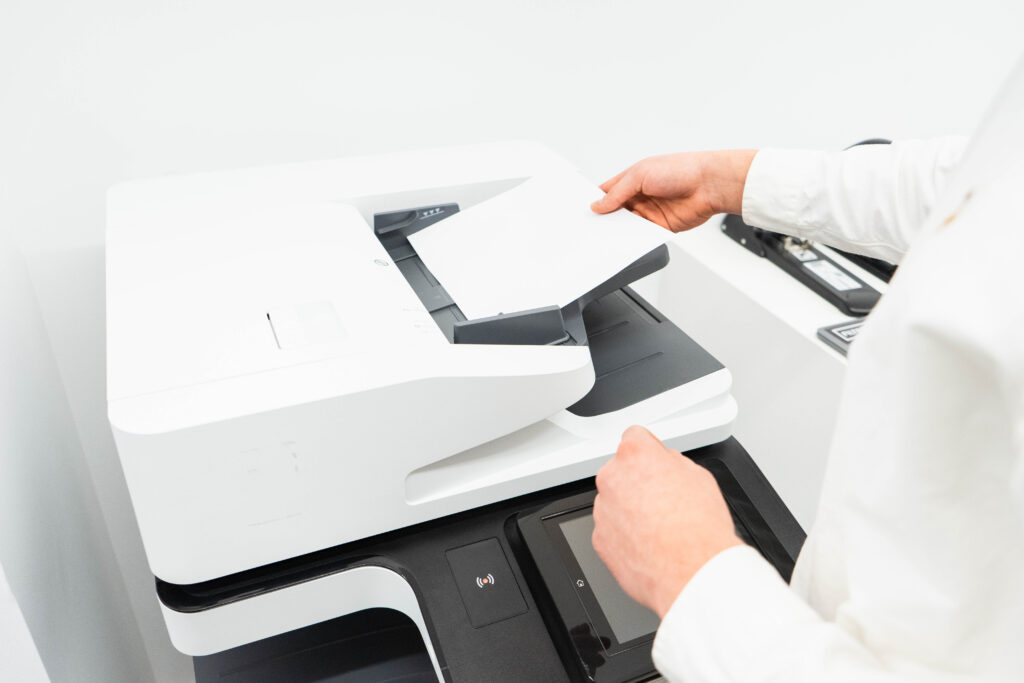
Printing or Digital Storage
The receiving fax machine generates a physical copy of the transmitted document using its internal printer. In the case of digital fax transmissions, the received document can be saved as a file on a computer or other storage media for viewing, sharing, or further processing.
Things to note when using a fax machine
How do fax machines work? Fax machines have long been used as a reliable means of transmitting documents over telephone lines. While they have been largely replaced by digital alternatives, fax machines are still utilized in certain industries or regions.
-
Verify Recipient’s Fax Number
Before sending a fax, it is crucial to verify the recipient’s fax number. Double-check the digits and ensure that you are dialing the correct number. Sending a fax to an incorrect number can result in the transmission of sensitive information to unintended recipients, potentially compromising confidentiality. Take the time to confirm the fax number to avoid any confidential or private information falling into the wrong hands.
-
Confirm the Availability of Receiving Fax Machine
Before sending a time-sensitive document, it is essential to verify that the recipient’s fax machine is operational and ready to receive the fax. Attempting to send a fax to an unattended or malfunctioning fax machine wastes time and resources. Contact the recipient in advance to ensure their fax machine is functional and that someone will be available to receive the document promptly.
-
Protect Sensitive Information
When sending confidential or sensitive documents via fax, take precautions to protect the information from unauthorized access or interception. Ensure that the document contains only the necessary information and omit any unnecessary, sensitive, or personal details. Consider using a fax cover sheet that clearly states the intended recipient, the confidentiality of the document, and any specific instructions. This added layer of protection helps safeguard the document’s content.
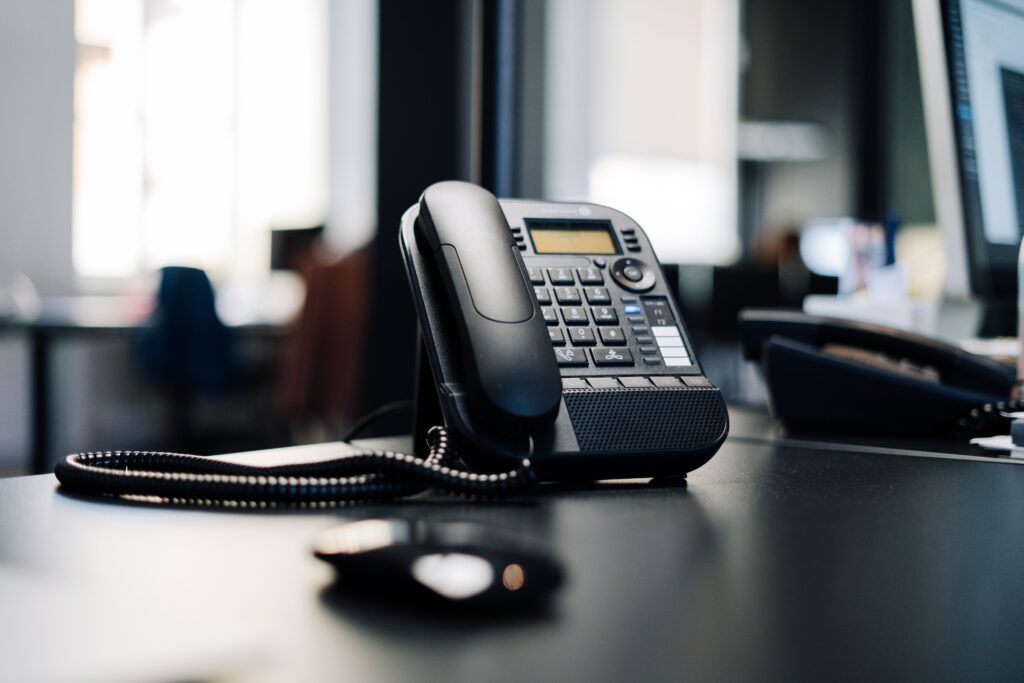
-
Maintain Document Privacy
To prevent unauthorized access, maintain document privacy throughout the entire faxing process. Keep the document secure before it is faxed and store it in a safe location after transmission. Avoid leaving sensitive documents unattended near the fax machine or in a common area where unauthorized individuals may have access. Promptly remove all copies of the document from the fax machine’s paper tray after transmission to ensure its confidentiality.
-
Protect Against Fax Spam
Similar to email spam, fax machines can also receive unsolicited or unwanted faxes, known as fax spam. To minimize the risk of receiving such unwanted communications, consider enabling features like “junk fax prevention” or “spam filters” if available on the fax machine. These features can help filter and block incoming faxes from unknown or unwanted senders, reducing the likelihood of wasting resources on unwanted communications.
Conclusion
How do fax machines work? Fax machines, though surpassed by digital alternatives, played a significant role in the evolution of communication technology. Understanding the functioning of these machines sheds light on the development of early electronic transmission systems. From document scanning and data compression to modulation and transmission, each step in the faxing process contributed to the exchange of physical documents over telephone lines. While the use of fax machines may have declined, their impact on the history of communication should not be overlooked.
